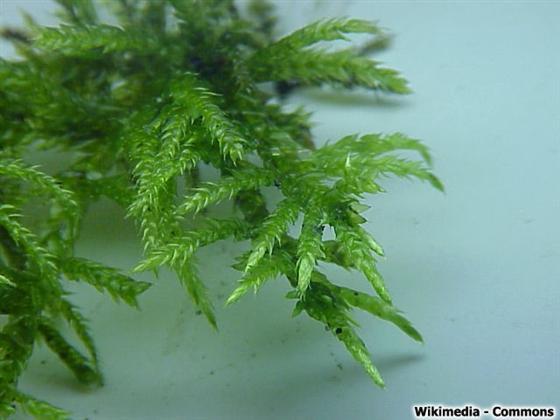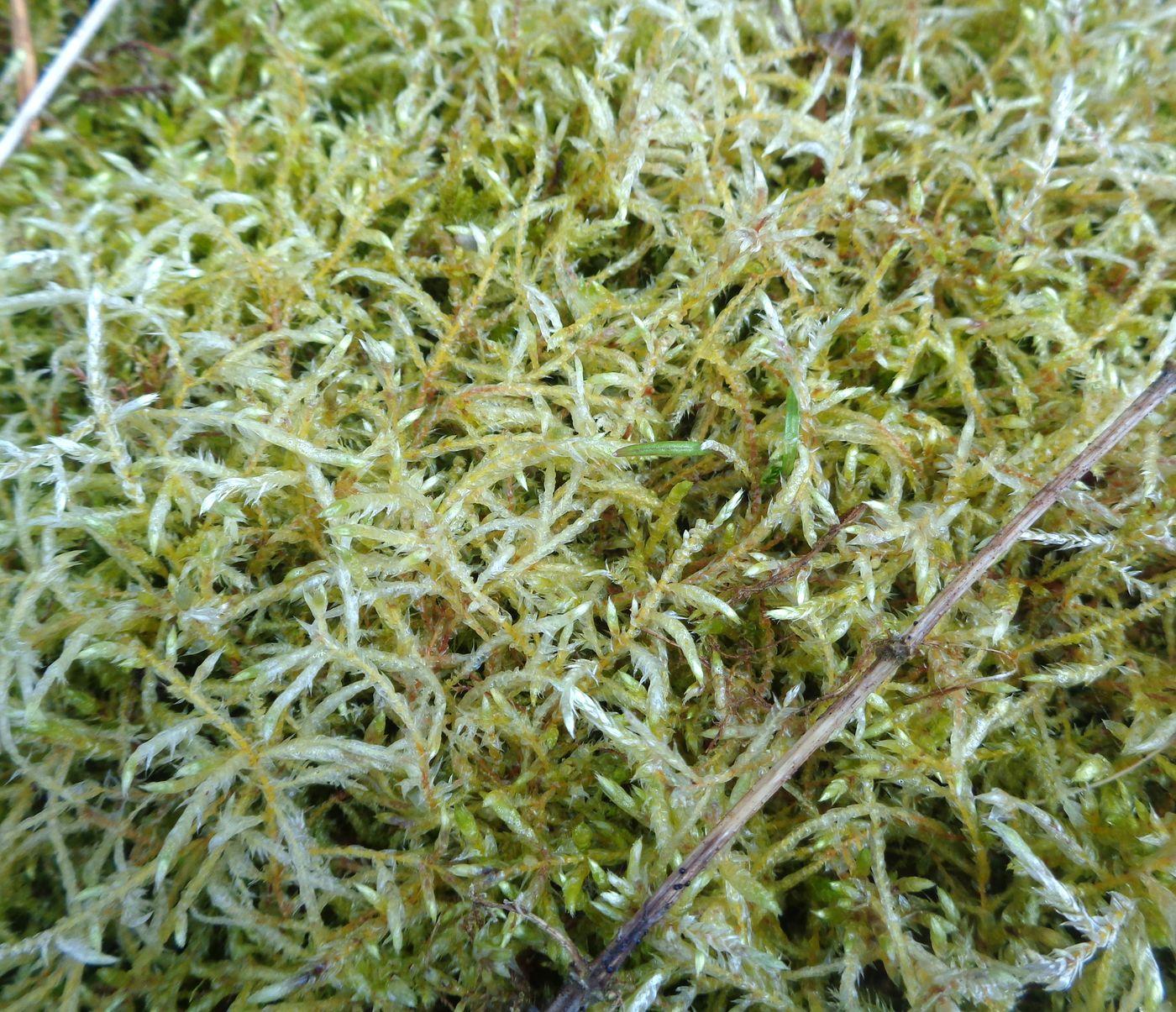
Cirrphyllum_piliferum_1N.jpg from: https://azoresbioportal.uac.pt/pt/especies-dos-acores/cirriphyllum-piliferum-12151/
Introduction
Prepare to embark on a captivating journey into the world of Cirriphyllum piliferum (Hedw.) Grout

209955.jpg from: https://inpn.mnhn.fr/espece/cd_nom/5839
, a remarkable moss species from the Brachytheciaceae family. Often referred to simply as Cirriphyllum

677554_2b4f498d.jpg from: https://www.plantarium.ru/page/image/id/677554.html
, this unassuming plant holds a wealth of fascinating secrets waiting to be uncovered by enthusiasts and nature lovers alike.
Background
Before we delve into the intricacies of Cirriphyllum piliferum, it’s essential to understand its place within the grand scheme of things. This moss belongs to the Bryophyta division, which encompasses a diverse array of non-vascular plants commonly known as bryophytes. Within this division, Cirriphyllum piliferum

651126_fc90f03a.jpg from: https://www.plantarium.ru/page/image/id/651126.html
is a member of the Bryopsida class, a group that includes the true mosses.
Main Content
Morphology and Identification

Myurium-hochstetteri-5-800×600.jpg from: https://www.britishbryologicalsociety.org.uk/learning/species-finder/cirriphyllum-piliferum/
Cirriphyllum piliferum is a pleurocarpous moss, meaning its stems grow horizontally along the substrate. Its slender, creeping stems are adorned with delicate, lance-shaped leaves that curl inward when dry, giving the plant a distinctive appearance. One of its most striking features is the presence of hair-like structures called pseudoparaphyllia, which emerge from the stem and resemble tiny whiskers.
Global Distribution and Habitat
This moss species boasts a widespread distribution, thriving across various regions of the Northern Hemisphere. It can be found in

542363_8de5b206.jpg from: https://www.plantarium.ru/page/image/id/542363.html
North America

829076.jpg from: https://www.bio-forum.pl/messages/3280/829072.html
, Europe, and Asia, where it favors moist, shaded environments such as forests, stream banks, and rock crevices. Cirriphyllum piliferum is particularly fond of calcareous substrates, making it a common sight on limestone outcrops and soil rich in calcium.
Ecological Roles and Adaptations
Despite its diminutive size,

original.png from: https://www.gbif.org/es/species/2679759
Cirriphyllum piliferum plays a crucial role in its ecosystem. As a pioneer species, it helps stabilize and enrich soil, paving the way for other plants to establish themselves. Additionally, its dense mats provide a microhabitat for various invertebrates, contributing to the overall biodiversity of the area.

153659537457414167.jpeg from: https://www.picturethisai.com/ru/wiki/Cirriphyllum_piliferum.html
One of the remarkable adaptations of Cirriphyllum piliferum is its ability to withstand desiccation. During dry periods, the moss can curl up its leaves and enter a state of dormancy, only to revive and resume growth when moisture returns. This resilience allows it to thrive in environments with fluctuating moisture levels.
Case Studies/Examples
In a recent study conducted in the Great Smoky Mountains National Park, researchers discovered that Cirriphyllum piliferum played a vital role in the recovery of forest ecosystems following disturbances such as wildfires or logging. Its ability to rapidly colonize disturbed areas and stabilize the soil made it a key player in the regeneration process.
Technical Table
| Characteristic | Description |
|---|---|
| Phylum | Bryophyta |
| Class | Bryopsida |
| Order | Hypnales |
| Family | Brachytheciaceae |
| Genus | Cirriphyllum |
| Species | piliferum |
| Common Name | Cirriphyllum Moss |
| Growth Form | Pleurocarpous |
| Leaf Shape | Lance-shaped |
| Habitat | Moist, shaded environments |
| Distribution | Northern Hemisphere |
Conclusion
Cirriphyllum piliferum (Hedw.) Grout may be small in stature, but its impact on the natural world is undeniably significant. From stabilizing soil to providing microhabitats, this unassuming moss plays a vital role in maintaining the delicate balance of ecosystems. As we bid farewell to this fascinating species, a thought-provoking question lingers: How many other hidden wonders of nature remain undiscovered, waiting to be appreciated and protected?